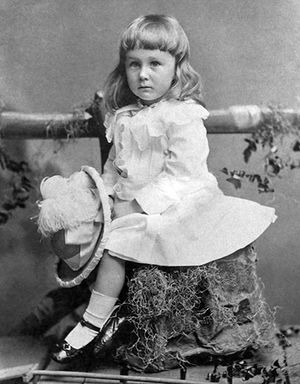The following is just a partial list of some resources for parents of gender nonconforming children. You might also want to download my list of fiction and nonfiction books for children that touch on gender diversity.
Gender Spectrum
(510) 788-4412
email: info@genderspectrum.org
genderspectrum.org
Gender Spectrum provides education, training and support to help create a gender sensitive and inclusive environment for all children and teens.
Welcoming Schools
Human Rights Campaign Foundation
(202) 628-4160
email: welcomingschools@hrc.org
welcomingschools.org
Welcoming Schools, a program of the Human Rights Campaign Foundation’s Children, Youth and Families Program, is an LGBT-inclusive approach to addressing family diversity, gender stereotyping and bullying and name-calling in K-5 learning environments.
Gender Diversity
1-855-4GENDER
email: info@genderdiversity.org
genderdiversity.org
Gender Diversity increases the awareness and understanding of the wide range of gender variations in children, adolescents, and adults by providing family support, building community, increasing societal awareness, and improving the well-being for people of all gender identities and expressions.
Camp Ten Trees
(206) 288-9568
email: info@camptentrees.org
Camp Ten Trees is a loving and engaging youth camp environment for LGBTQ communities and their allies in Washington State. In addition to typical camp activities, campers engage in age-appropriate workshops exploring identity, issues of oppression/privilege, youth coalition building, social justice, and more.
STOMP Out Bullying
(877) 602-8559
stompoutbullying.org
STOMP Out Bullying is the leading national anti-bullying and cyberbullying organization for kids and teens in the
U.S. They focus on reducing and preventing bullying, cyberbullying, and other digital abuse, and educating against homophobia, racism in schools, online and in communities across the country.
PACER’s National Bullying
Prevention Center
(888) 248-0822
email: bullying411@pacer.org
pacer.org/bullying
PACER’s National Bullying Prevention Center actively leads social change so that bullying is no longer considered an accepted childhood rite of passage. They provide innovative resources for students, parents, educators and
recognizes bullying as a serious community issue that impacts education, physical and emotional health, and the safety and well-being of students.









